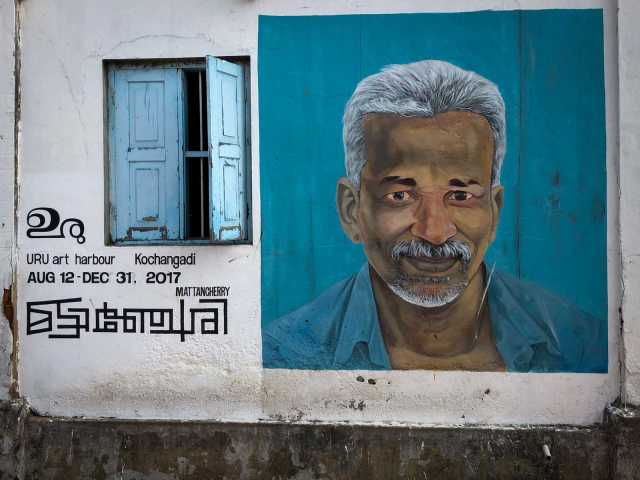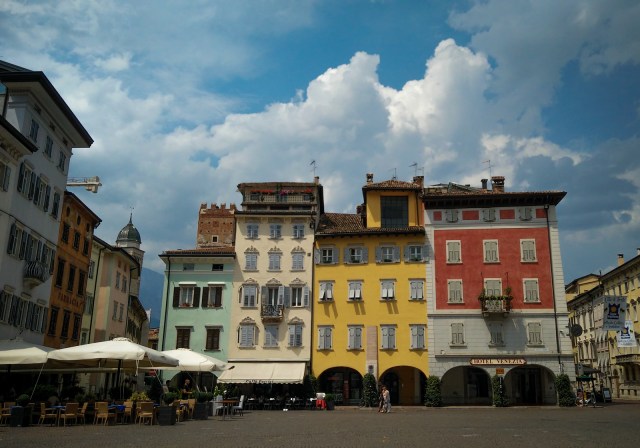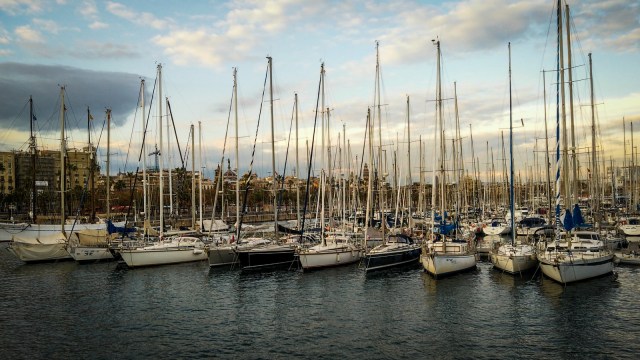Surfing or Surfboarding is an adventure sport one generally associates with the sun and the sand. Something that you see from the corner of your eye while you are bumming around at the beach. The only surfing I have seen at home is on TV. So it came as quite a shock when I first learnt about this legit surfing that happens smack bang in the middle of a huge garden. That too on a river bed!
I am talking about the Eisbach Welle in the Englischergarten in Munich.
When I first saw it while channel surfing (no pun intended) many summers ago, I thought it was an indoor surfing-practise centre. Where artificial waves were generated. Till I noticed the surrounding greenery. And the penny dropped, that this wasn’t an indoors thing.
When I landed in Munich, among the Frauenkirche, the many beer gardens, die Altstadt and other tourist magnets, seeing the Eisbach Welle was high on my list. Of course, I did not have any delusions of trying my hand (rather legs) at the sport.
Eisbach Welle literally translates to ice-brook wave. The wave appeared for the first time somewhere around 1972 when the city was constructing a bridge over the Eisbach stream, which is basically a tributary of the larger Isar river that flows through Munich. Eisbach follows a 2km path inside the Englischer Garten. While the wave that formed initially was just a couple of feet in height, the local surfers with their ingenuity decided to improvise. The current wave, which rises over a metre, has been created by strategically submerging concrete blocks and having wooden planks on the side to stabilise the wave as well. It has become a surfers paradise since. Considering the nearest surfable ocean is almost a 1000km from Munich.

As you are trodding on the path leading to the Eisbach Welle, it is the roar of the waves that will first reach your ears before the actual sight. Now there are many ways to reach the Eisbach Welle. You could just put it in Google Maps and navigate right to the last step. Or switch off Maps once you hear that roar of water, and just aurally figure out the way. I did the latter. It’s not too difficult. If you are trying to locate it from the road, then it is on Prinzeregentenstrasse or near Haus der Kunst museum.

As I made my way through the clearing, there was already a crowd collected to watch the pros at work. And yes, it is only meant for learned surfers. This is not your beginner’s surfing school in Munich. I was under the assumption that things would be casual as it was an unconventional surfing destination. I was thinking bare-chested men in QuikSilver surfing shorts and women in long-sleeved spring cut surfing gear (Yes, I had to Google the technical term). But to my surprise, there were surfers dressed in proper wetsuits – the type you see scuba divers wear – covering the entire body complete with the zip tag hanging around the neck region. On enquiring with my cousin, I learned that the temperature of the water even in summers is under 20 degrees Celcius.
One look at the surfers and you know that these guys know their shit inside out. Considering the 10-12 mt width of the river, and the wave formations operating at its fiercest in a limited area, which is the real challenge, there is no scope for a party of surfers to be on the waves at the same time. Es wird chaotisch sein. It would be chaotic.
Since we are in Germany, you see a process to address this conundrum. At a time, only one surfer is allowed to surf the waves. If he or she falls, then they clear the space for the next surfer while themselves standing at the end of the queue which has formed. Order is the name of the game here. And it is quite fascinating to watch, to time the surfers. Maybe if you have time and can gather some friends around, you can even start taking bets on the sly. Just kidding.
You can either watch these surfers from the side of the river or head up the mound of the dirt path which leads to the road connected to the bridge. The bridge functions as a gallery, and the tributary of the mighty Isar river turns into a stage, on which the surfers are performing. Seemingly for the delight of its audience. Maybe I am exaggerating there. Most of the surfers don’t even acknowledge the crowd, directing all their focus on the waves.
I am not a surfer, but watching that sport was lovely. The idea of trying to maintain balance when every force is acting against you is a pleasure to behold. Using the correct stance, guiding the front of your surfboard in a way that nullifies the effect of the wave which is trying to topple you over, needs your 110 percent attention. Unless of course, you like embracing the river, that is. Mind you, the banks are made of stone. So you have to be ultra-careful if with your balance around the edge of the Eisbach.
As I said before, only experienced surfers should bother on this wave. The Eisbach stream, although isn’t as dangerous as the Isar river, has still claimed some lives. While the administration wanted to ban the surfing, owing to the danger it presented, a ‘Save the Wave’ campaign eventually prevented that. It was illegal till 2010. There were even reports of surfers being chased away by the police, and they had to eventually collect their surfboards from the police stations, after paying a fine of course. But by 2012, it was hosting a European River Surfing Championship.
Now, though it is woven into the cultural fabric of Munich.






























































































